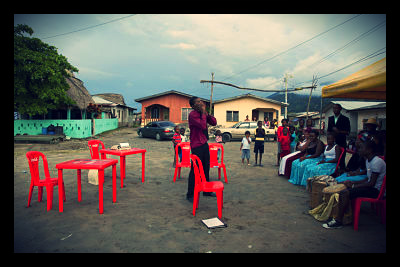
The Garifuna people of Honduras have an HIV infection rate of 4.5 percent – higher than any nation in the Western hemisphere, and five times higher than Honduras as a whole. Those affected by the virus are finding new and creative ways to fight HIV/AIDS in Honduras.
According to an NPR report funded by the Pulitzer Center on Crisis Reporting, the Garifuna are using traditional music and theater to raise awareness of HIV, and to combat stigmas surrounding the disease. Musician and singers perform traditional celebratory Garifuna songs to draw listeners, and then enact a play in which actors put HIV on trial.
Many Hondurans who are HIV-positive are reluctant to seek help, even though HIV clinics provide medical care and antiretroviral medication to patients at almost no cost. They deny having the problem because they fear judgment or ostracization, and for good reason. Lack of education has been a major contributor to high infection rates. Women infected with the virus report being rejected by family and unable to find work.
Widespread poverty and migration also contribute to new infections. In some areas it is socially acceptable to have multiple sexual partners. Testing facilities are not widely used, and communication between sexual partners is nonexistent in some cases.
Participants in the Garifuna theater group believe that theater, music, and other community activities are more engaging than books or pamphlets around such complex social and medical issues. Fighting HIV/AIDS in Honduras, especially among rural populations, is a challenge. But the creative approach is working well so far.
USAID and the Honduran government are funding theater groups like the Garifuna’s. A USAID official reported a decline in the rate of HIV infection among program beneficiaries: the 30 members of the theater group are living safer lives, and encouraging others to do so. The problem of HIV/AIDS in Honduras is not yet resolved, but community engagement through the arts is a step in the right direction.
– Kat Henrichs
Source: NPR

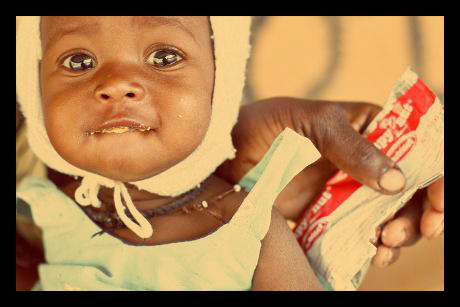
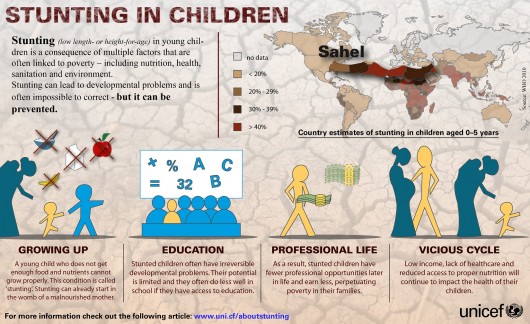

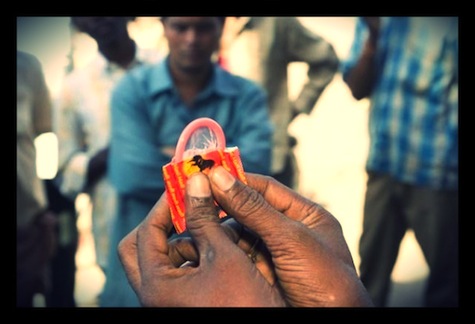


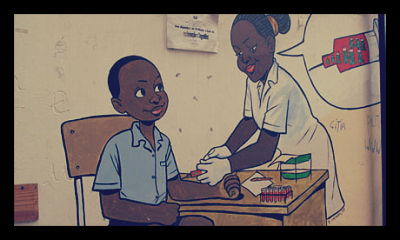

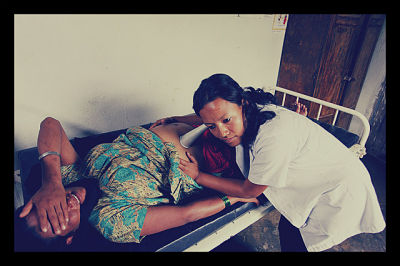 Nepal’s maternal mortality rate (MMR), or the ratio of maternal deaths per 100,000 live births for reasons related to pregnancy or birth, has declined in Nepal over the last fifteen years. It is estimated that between 1996 and 2005, Nepal reduced its MMR from 539 deaths to 281. It was estimated in 2010 to be around 170.
Nepal’s maternal mortality rate (MMR), or the ratio of maternal deaths per 100,000 live births for reasons related to pregnancy or birth, has declined in Nepal over the last fifteen years. It is estimated that between 1996 and 2005, Nepal reduced its MMR from 539 deaths to 281. It was estimated in 2010 to be around 170.